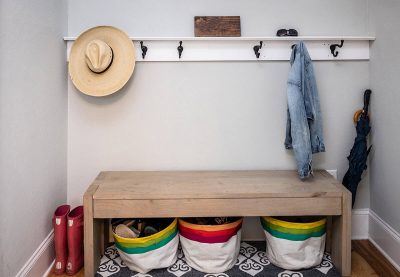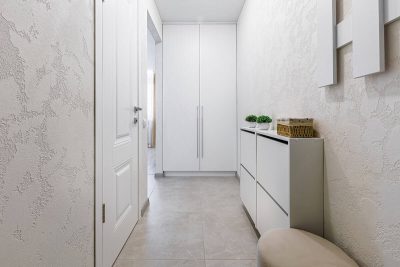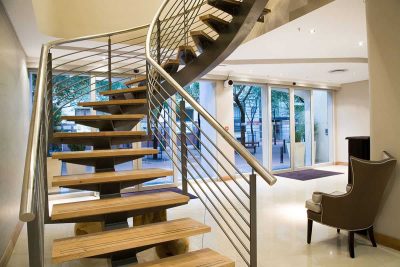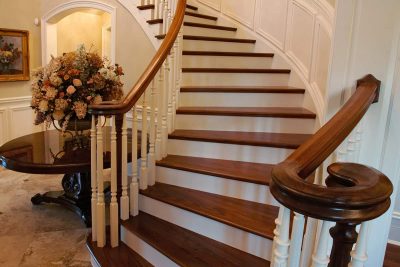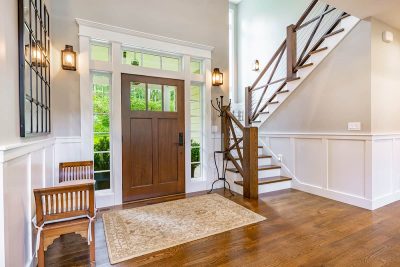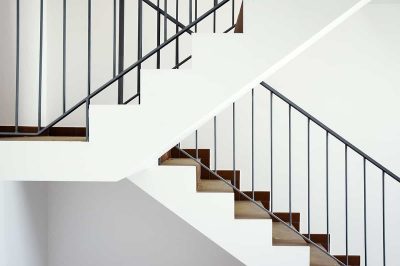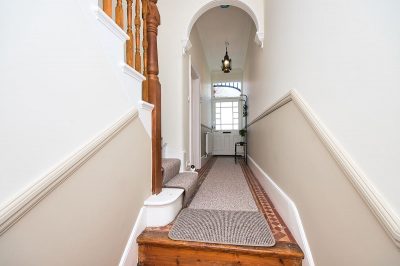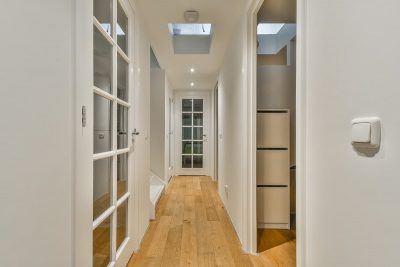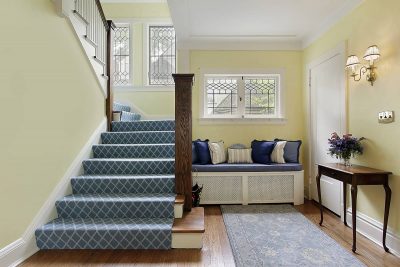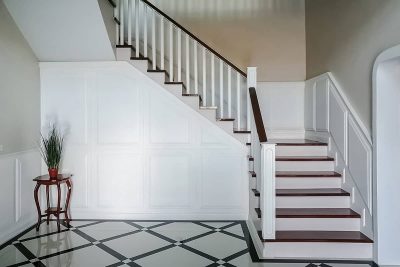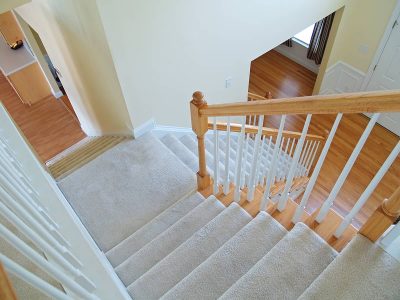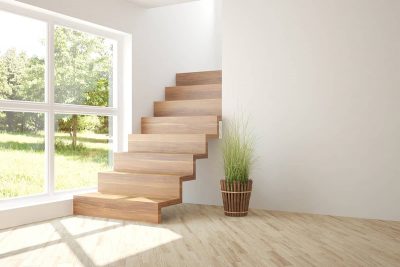A mudroom is a place where you can unload your outdoor clothing without causing a huge mess indoors. They can be massive with enough square footage for an entire wardrobe, or small enough for just the essentials. While small might be limiting, don’t let it limit your imagination!
A small home is nothing to be ashamed of. In fact, even without much real estate, there’s still a ton you can do to create a warm, inviting space. Sure, it seems unbelievable, but a bit of creativity is all it takes!
Every part of your home is a blank canvas, and that includes stair landings. The only question is, how do you turn an ordinary part of a home extraordinary? Well, even with limited space to play with, you can give a plain old stair landing a purpose.
Traditionally, stair railings in homes have been painted white or left in their natural wooden state with a stain or varnish for protection. More recently though, stair railings have become a focal point of the entryway since designers and homeowners alike have decided to transform their stair railings by painting them in various colors.
A foyer is also known as an entryway or entrance hall, typically located near the front door or main entrance of a home and serving as a transitional space between the outside and the interior. Foyers are designed to make a welcoming first impression and provide a functional space for greeting guests and removing outerwear.
The average flight of stairs in a residential property will have between 10 and 18 steps, though this number can vary depending on various factors. The building regulations for stairs will be different from one state to the next and one country to the next, but generally, residential properties have much less stringent codes to follow regarding stairs compared with commercial or public buildings.
Hallway runners typically come in two width sizes of 2 and 3 feet, and they come in a range of lengths ranging from 5 feet to 14 feet. Here, we explore the various standard hallway runner dimensions and explain how to measure for a hallway runner.
If you’re thinking about giving your hallway a makeover, it’s worth putting some real consideration into the hallway paint color, because it can set the tone for the rest of your home. The hallway is the first room that visitors will see when they come to your home, so think about the kind of first impression you want to create.
The staircase wall is one of the largest areas of blank canvas in most homes, yet it is also the most underused. The great expanse of the wall along the side of a staircase will usually be double height, making it a prime spot of real estate for creating a feature. Here we explore ways to maximize your staircase wall’s potential with several decorative ideas.
Replacing a stair banister can be a very expensive project, but there are also ways to reduce the cost, for example, by choosing a material that is cheaper to source. Here we look at the different materials you can use when replacing a stair banister and the different levels of costs you can expect to encounter when embarking on this project.
There are a variety of stair treads – they can be made with different types of wood and can be tiled with many material options. Learn all about stair treads in this article.
When building a staircase you will need to decide on an appropriate stair angle. This is important because it greatly impacts the overall safety of the stairs, since the stair angle will dictate both the depth of the treads and the height of the risers.
